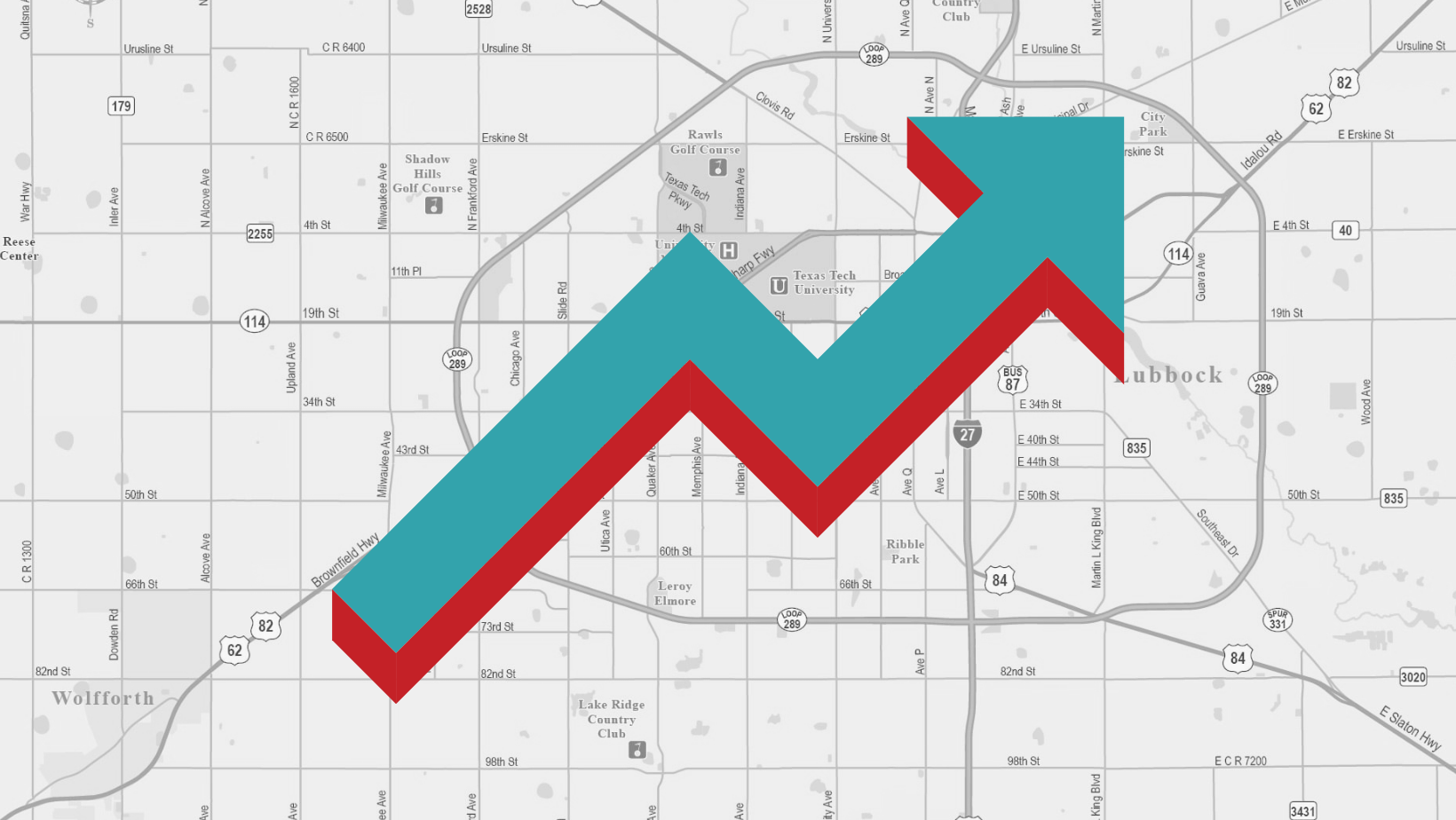Lubbock is Booming

As one goes about their day-to-day life in Lubbock, it can be easy to underestimate the long-term growth that is occurring right before our eyes. Taking a step back and looking at recent data shows that the Lubbock area is outpacing several peer cities across West Texas and beyond in terms of growth, with no end in sight. From population growth to home construction, the picture is clear: Lubbock is booming.
In 2020 as a global pandemic disrupted the economy and way of life, the City of Lubbock still managed to set a record for residential permits issued in a calendar year. The 1,826 permits issued eclipsed the 2019 mark of 1,329, an increase of 37 percent year-over-year. As it turned out, that may have only been the beginning. In 2021, the record was shattered again when 2,428 residential permits were issued - a 33 percent increase year-over-year. Lubbock's 2021 residential permits exceeded El Paso's, a city nearly triple the size of Lubbock. If Amarillo and Abilene doubled their combined residential permits in 2021, it would still be fewer than Lubbock issued. Through June of 2022 despite supply chain shortages and major cost increases, another 1,491 residential permits have been issued so far this year.
The 2020 Census data also shines a light on the growth Lubbock is experiencing. At the county level, Lubbock County grew at a rate of more than 11% since the 2010 Census was conducted. Here's how other counties west of the I-35 corridor compare from the 2010 Census to 2020:
- Midland County: +24%
- Ector County (Odessa): +20%
- Taylor County (Abilene): +9%
- Tom Green County (San Angelo): +9%
- El Paso County: +8%
- Potter and Randall Counties, combined (Amarillo): +7%
- Wichita County (Wichita Falls): -1.6%
It's clear from the data that Lubbock is growing at a rate that exceeds not just several of its West Texas regional neighbors, but also some comparable communities in other regions of the state. Historically, Lubbock has done a great job of accommodating growth with investments like Loop 289 and the Marsha Sharp Freeway, plus some recent investments like school district bonds and Loop 88. It will be important for us as a community to continue investing in the basic infrastructure that will allow for this growth to be sustainable - housing, water, transportation, broadband, etc. - while also maintaining and improving what has long existed in our community, like Downtown Lubbock, 34th street, and historic neighborhoods.
